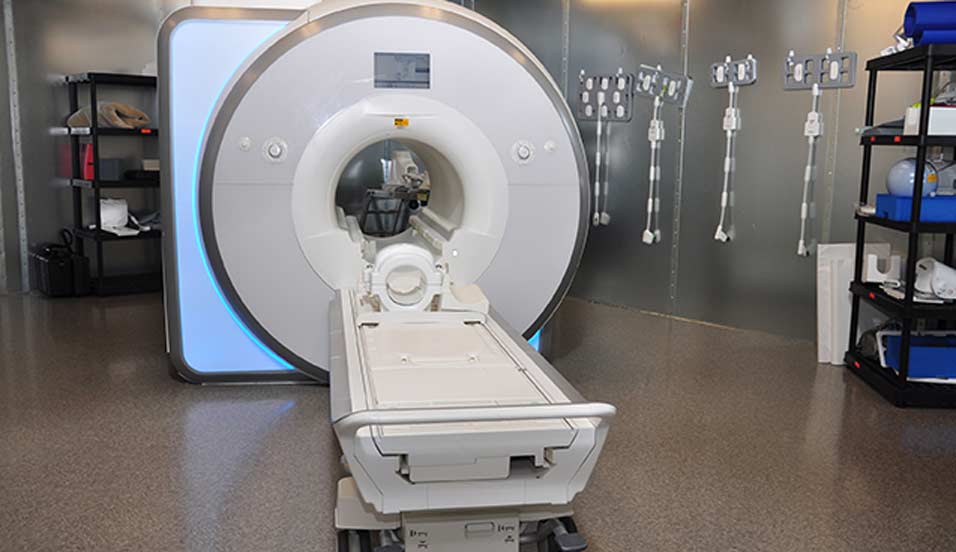
Also called a lateral ventral hernia, a spigelian hernia is a rare type of muscle wall protrusion that only accounts for about 2 percent of all hernias.
It develops within the lower part or mid-section of the abdomen through a layer or abdominal wall muscles referred to as the spigelian aponeurosis. Because there is often very little noticeable swelling, it’s not unusual for a spigelian hernia to go undetected until pain is felt or a bowel obstruction occurs.
It’s a type of hernia that can lead to potentially serious complications if left untreated.
CONTACT US TODAY
How Can You Tell If You Have a Spigelian Hernia?
Symptoms related to a spigelian hernia can range from mild to severe. If discomfort is mild, the first sign of this type of hernia may be a bump or lump that visible around the belly button (navel). Other than constant or occasionally-occurring abdominal pain, signs and symptoms suggesting you may have a spigelian hernia include:
- A noticeable decrease in bowel functioning that continues for more than one or two days
- Discomfort that gets worse when exercising or making a bowel movement
- The affected area being soft to the touch or tender

What Are Causes and Contributing Factors?
Men 50 and over are more likely to develop a spigelian hernia, although it can occur at any age and affect women as well. It’s usually caused by an abdominal wall that’s weak in certain spots. Prolonged or repetitious stress and sudden trauma in the abdominal area can also be contributing factors. An accumulation of abdominal fluid (ascites) may weaken the abdominal wall and cause this type of hernia to develop. It’s also possible for abdominal weakening to be facilitated by bronchitis and other conditions that result in forceful fits of coughing.
How Is a Spigelian Hernia Diagnosed and Treated?
While the first step in diagnosing a spigelian hernia is typically to perform a physical exam, making a positive diagnosis from an exam alone is sometimes difficult. This is especially true if a lump isn’t detectable yet other symptoms are experienced. If there is some doubt about whether or not your abdominal pain and/or bowel issues are related to a spigelian hernia, image testing may be done to make a positive diagnosis.
Surgery is the only effective way to treat a spigelian hernia. If blood supply is cut off and it becomes a strangulated hernia, surgery is needed immediately. An increasingly common way to surgical correct hernias is with laparoscopic techniques involving smaller incisions and the use of specialized instruments. If open mesh repair is done, a larger incision is made in the abdomen where the hernia is located. Both open and laparoscopic hernia repair are usually done as outpatient procedures.

Most patients respond well to surgery for a spigelian hernia, especially if the hernia is detected before the protrusion has contributed to related issues with bowel functions. Some people are born with abdominal walls that are unusually thin in certain area, which may increase the risk of developing hernias like this. However, it may be possible to reduce the possibility of being sidelined by a hernia by using proper lifting techniques, eating fiber-rich foods to reduce instances of constipation, and avoiding excessive pressure or stress on the lower abdominal area.

